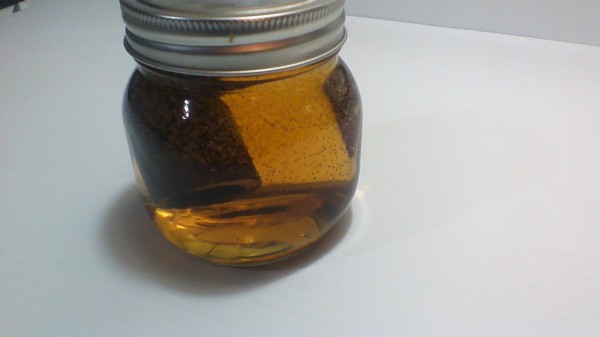I have read more than one comment recently that stummels are submerged in water in the process of carving. I submit this is not true. Perhaps I'm misinterpreting the comments. My position is that the briar is boiled to remove saps, then dried for extended periods, even years, before carving. I am unaware of any carver that uses water in the process of carving or finishing except while initially examining and cutting the briar to expose the grain, and that's just a tiny amount that evaporates in minutes and likely removed from the finished product in the process of shaping. Not that I'm an expert, by any means, but I did take the two-day pipe carving and finishing class at last year's Chicago Pipe Show. It was taught by no less than Jeff Gracik, Lee Erck, Ernie Markle, Andy Peterson, and assisted by Rex Poggenpohl. Not a drop of water was in use.
This is not to say that water is inherently harmful to the briar. Several respected members of this forum have endorsed water rinses. It's time for all to consider the real possibility that it's in fact a good idea. I've done so myself on occasion with no problems apart from some dulling of the wax finish, which is easily remedied. In the end, I have chosen to fastidiously clean my pipes immediately after smoking with a simple pipe cleaner and to date, that's been effective for me. However, I have enough pipes that I do not smoke each one all that frequently and generally only smoke tobaccos which tend to leave little residue in my pipes.










